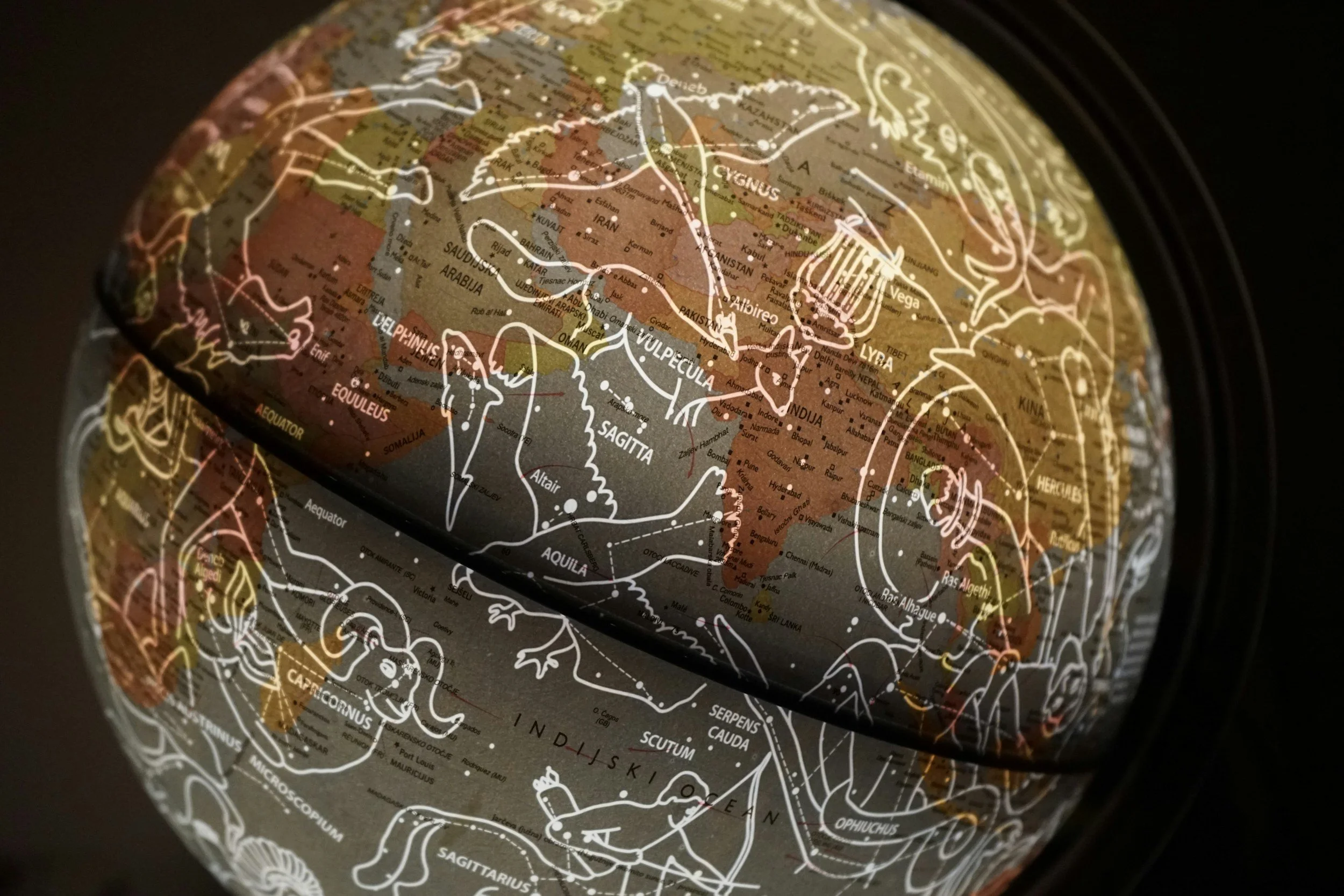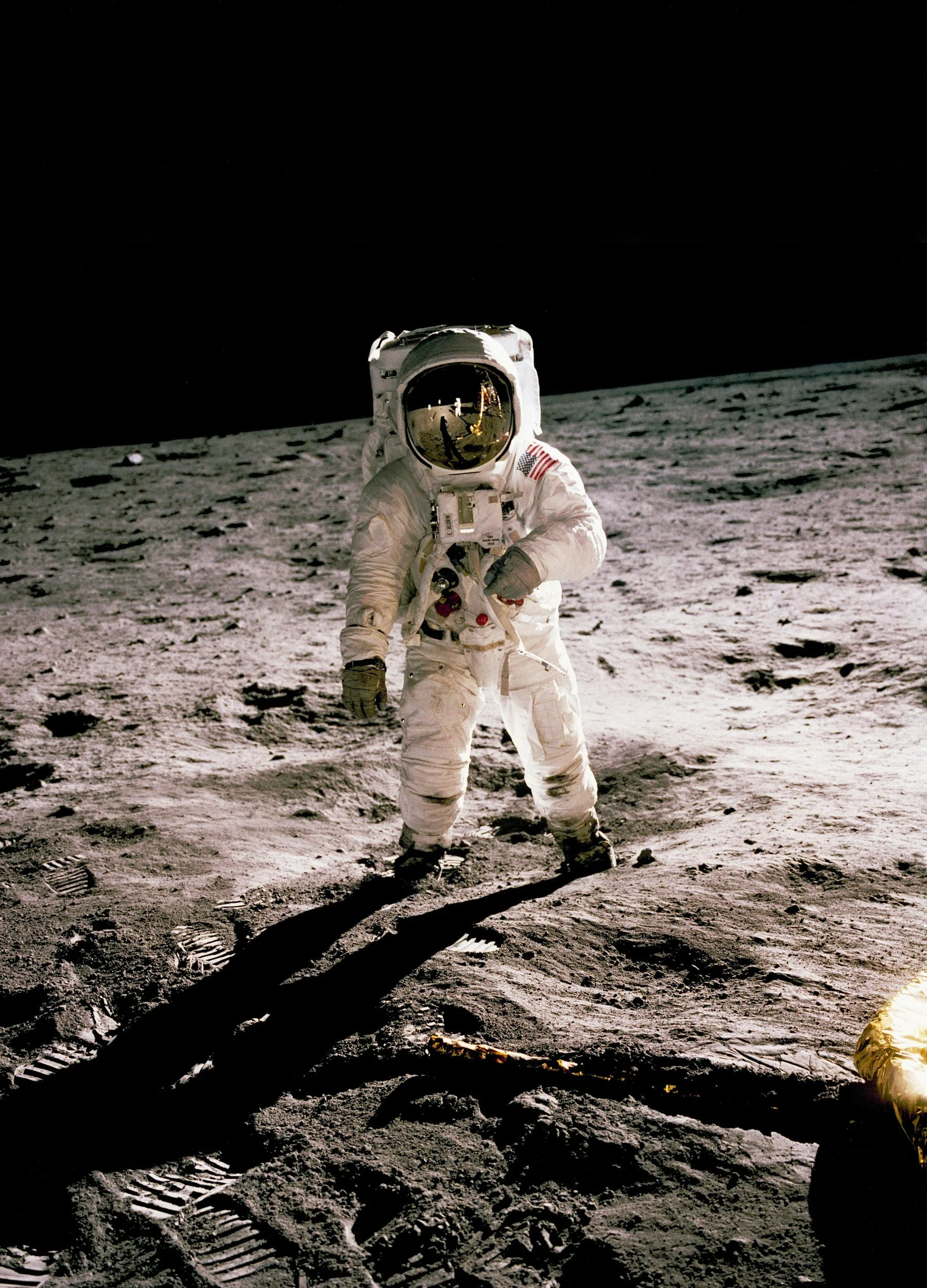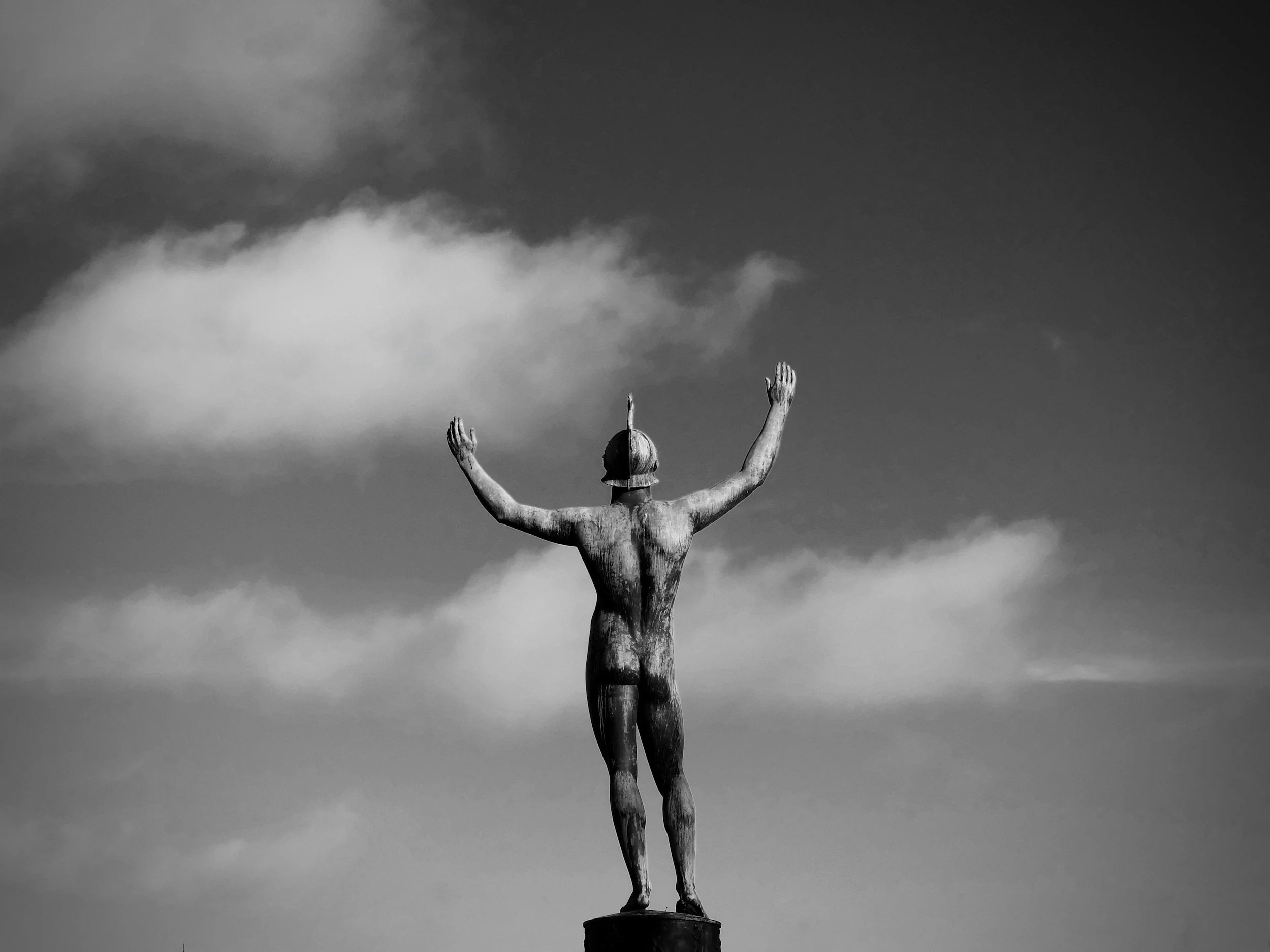From Myth to Science
How Ancient Stories Inspire Modern Discoveries
For thousands of years, humans have used myths to explain the mysteries of the world. Before the development of modern science, ancient civilizations told stories about the stars, the seasons, and the forces of nature to make sense of their surroundings. But mythology isn’t just a relic of the past—it continues to inspire scientific discovery and exploration today. By connecting the stories of the past with the knowledge of the present, we help children see the deep connection between imagination and discovery, showing them that curiosity has always driven progress.
The Role of Myths in Early Understanding of Nature
Long before telescopes and scientific instruments, ancient civilizations used myths to explain the natural world. The Greeks believed that lightning bolts were thrown by Zeus, the Norse imagined that thunder came from Thor’s hammer, and many cultures told stories of great floods to describe changes in climate and geography.
These stories were humanity’s first attempt at understanding nature. While they may not have been scientifically accurate, they laid the foundation for observation and inquiry. Ancient people closely watched the movement of the stars, the changing of the seasons, and the behavior of animals, crafting stories to explain what they saw. This practice of observing and explaining is at the core of the scientific method today.
By studying these myths, children can learn how early humans tried to make sense of their environment and how our understanding of the world has evolved over time. This connection between storytelling and knowledge helps them appreciate both the creativity of ancient cultures and the power of modern science.
Additionally, myths provided a framework for cultural values and survival strategies. Many agricultural societies based their planting and harvesting schedules on myths tied to celestial cycles, ensuring food security for their people. These traditions show how mythology functioned as an early scientific tool, even if the mechanisms were not yet understood.
Mythology’s Influence on Space Exploration
Many celestial bodies in our solar system are named after mythological figures. The planets Mars, Venus, and Jupiter take their names from Roman gods, and constellations like Orion and Cassiopeia come from Greek myths. But mythology’s influence on astronomy goes beyond naming conventions—ancient stories helped early civilizations track the stars and understand time.
The ancient Egyptians used the rising of the star Sirius to predict the flooding of the Nile, a crucial event for agriculture. The Mayans developed an advanced calendar based on their observations of the sky, blending mythology with astronomy. These early efforts at understanding the heavens laid the groundwork for the scientific study of space.
Even today, myths inspire space exploration. NASA missions such as Apollo (named after the Greek god of light and knowledge) and Artemis (named after Apollo’s twin sister, the goddess of the Moon) draw from mythology to symbolize humanity’s quest for discovery. Learning these stories helps children see that imagination and exploration go hand in hand.
Furthermore, myths about celestial events—such as solar eclipses and comets—often led ancient civilizations to keep detailed astronomical records. These records became invaluable for early astronomers, allowing them to recognize patterns and make predictions about the movement of celestial bodies, eventually leading to the development of modern astrophysics.
Myths and the Origins of Scientific Inquiry
Some of the greatest scientific discoveries were influenced by myths and legends. Alchemists in ancient China and medieval Europe, driven by stories of mystical transformations, laid the groundwork for modern chemistry. The legend of Icarus, who flew too close to the Sun, inspired early discussions about flight and aerodynamics.
Mythology often contains elements of real natural phenomena. The story of Atlantis, for example, has sparked debates about lost civilizations and shifting landmasses, leading scientists to study geological changes over time. Similarly, the myths of fire-breathing dragons may have been inspired by the discovery of dinosaur fossils, encouraging early forms of paleontology.
When children explore these connections, they begin to understand that science is a journey—one that starts with questions and stories before arriving at tested theories and facts. This realization encourages them to ask their own questions and see science as an evolving pursuit of knowledge.
Additionally, myths often encapsulated ancient experiments. The idea of transmuting metals in alchemy, for instance, led to early investigations in chemistry and metallurgy. Stories about magical healing waters prompted the study of minerals and medicine, paving the way for advancements in pharmacology.
Connecting Myths to Modern Science Through Exploration
Bringing mythology into science education can make learning more engaging and imaginative. Here are a few activities to help kids explore the connection between myths and discoveries:
Star Stories: Have children research the mythology behind different constellations and then observe them in the night sky. Discuss how these stories helped ancient civilizations track time and navigate.
Myth vs. Science Experiments: Explore myths like the philosopher’s stone (alchemy) by conducting simple chemistry experiments that illustrate real chemical reactions.
Planetary Names and Their Meanings: Investigate how planets and moons got their names and compare the mythological stories with their real scientific properties.
Myths About Nature: Compare ancient explanations of weather phenomena (thunder, rainbows, eclipses) with modern meteorology and physics. Discuss how observations led to new discoveries over time.
Storytelling and Scientific Invention: Encourage kids to create their own myths about modern scientific concepts, blending imagination with facts to see how storytelling can inspire discovery.
Key Takeaways for Families
Myths were early attempts at science: Ancient stories helped civilizations explain natural events before scientific tools existed.
Mythology influenced space exploration: Many planets, stars, and missions are named after mythological figures.
Science builds on imagination: Stories of dragons, alchemy, and Atlantis have inspired real scientific inquiry.
Combining storytelling with science makes learning engaging: Myth-based activities encourage creative thinking and deeper exploration.
Children benefit from exploring both: Understanding myths helps kids appreciate the history of human curiosity and the power of scientific discovery.
Inspired to Take Action?
Help children explore the fascinating relationship between myth and science. Here are three simple ways to get started:
Encourage curiosity: Read myths alongside scientific explanations to compare perspectives.
Engage in storytelling and experiments: Let kids blend creativity with hands-on scientific exploration.
Join Global Galactics: Discover books and resources like The Spark at the Center of the Universe that bring science and storytelling together.
By blending mythology and science, we encourage children to embrace both creativity and inquiry. The stories of the past continue to inspire the discoveries of the future—let’s help young minds explore, imagine, and innovate!
ReferencesStanford University News. (n.d.). Ancient myths reveal early fantasies about artificial life. Stanford News. Retrieved from https://news.stanford.edu/stories/2019/02/ancient-myths-reveal-early-fantasies-artificial-lifeSmithsonian Magazine. (n.d.). Ten ancient stories and the geological events that may have inspired them. Smithsonian Magazine. Retrieved from https://www.smithsonianmag.com/science-nature/ten-ancient-stories-and-geological-events-may-have-inspired-them-180950347/Biodiversity Heritage Library. (n.d.). Ancient myths inspired by fossils. Biodiversity Heritage Library. Retrieved from https://blog.biodiversitylibrary.org/2015/10/ancient-myths-inspired-by-fossils.htmlFactual America. (n.d.). 7 documentaries about scientific breakthroughs inspired by ancient traditions. Factual America. Retrieved from https://www.factualamerica.com/documentary-lab/7-documentaries-about-scientific-breakthroughs-inspired-by-ancient-traditionsarXiv.org. (n.d.). Shifting milestones of natural sciences: The ancient Egyptian discovery of Algol's period confirmed. arXiv. Retrieved from https://arxiv.org/abs/1601.06990Business Insider. (n.d.). 9 scientific breakthroughs that resulted from Napoleon's invasion of Egypt. Business Insider. Retrieved from https://www.businessinsider.com/napoleon-egypt-invasion-science-breakthroughs-2023-11





